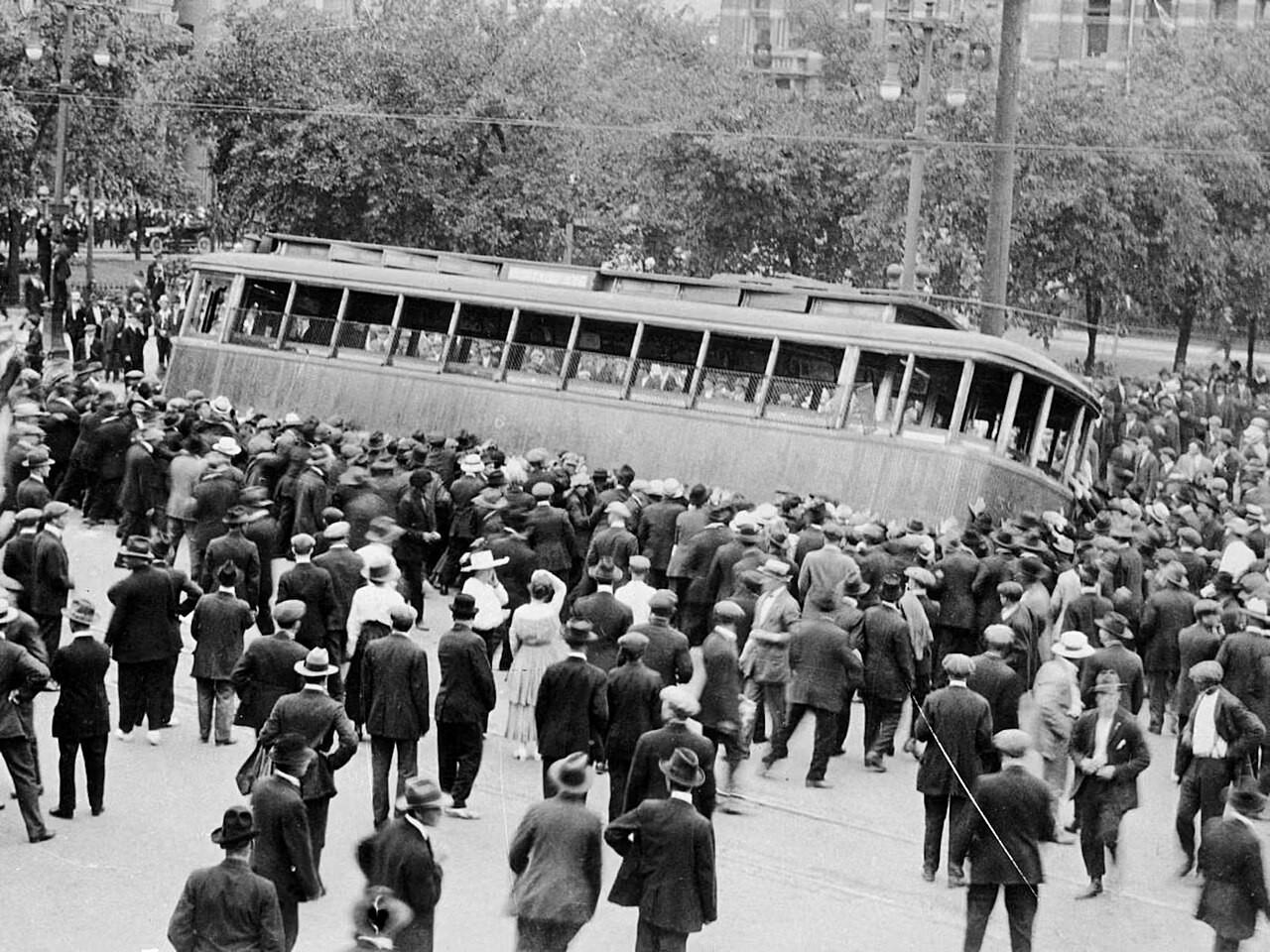The Winnipeg General Strike was a watershed moment in Canadian history.
For six weeks from May to June 1919, 30,000 strikers brought the city to a standstill.
The strike came to an end soon after Bloody Sunday but its impact was felt for decades.
This is its story.
🧵1/15
For six weeks from May to June 1919, 30,000 strikers brought the city to a standstill.
The strike came to an end soon after Bloody Sunday but its impact was felt for decades.
This is its story.
🧵1/15

Comments
Wages were low, prices were high and unemployment was common. Many returning soldiers also couldn't find any work in the city.
🧵2/15
At the end of April 1919, the Metal Trades Council and Building Trades Council failed to secure contracts with their employers and they went on strike at the start of May.
🧵3/15
That day, 30,000 men and women walked out of their jobs. The entire city shut down as there was no one to work in factories, shops or on trains.
🧵4/15
To manage the strike, a Central Strike Committee was formed. Its members were elected and they bargained on behalf of the strikers.
🧵5/15
Women played an important part in the strike, with many female workers joining the strike and showing solidarity with the strikers.
🧵6/15
She established the Labour Cafe, which provided three meals a day to strikers. The Cafe served upwards of 1,500 meals per day to feed the strikers.
🧵7/15